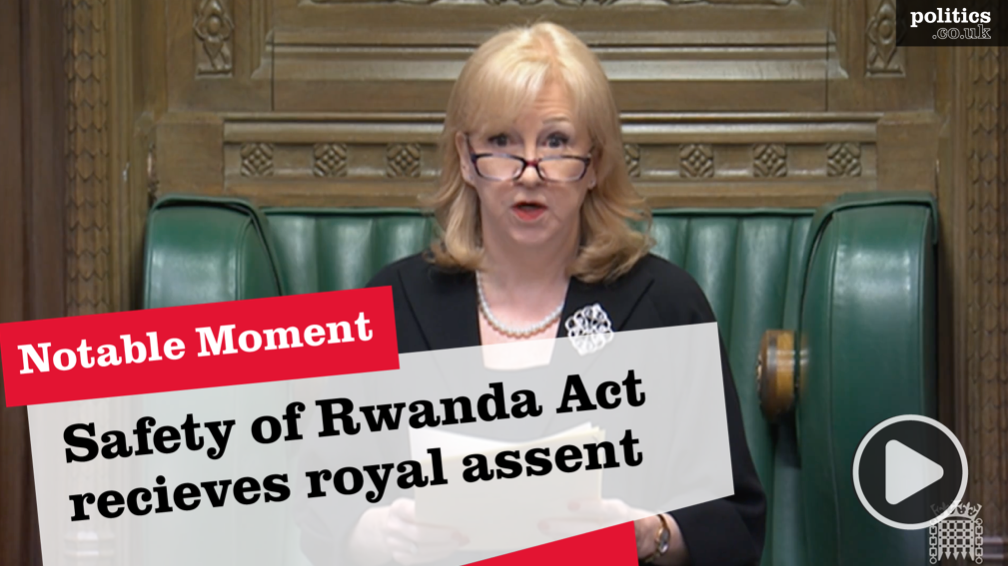The COP26 Climate Change Summit has put electric cars in the limelight, with government recently announcing significant investment in electric vehicles to reach Net Zero by 2050. But a real green revolution requires more active travel to respond to the climate crisis. By walking, wheeling and cycling, we not only cut carbon emissions, air pollution and congestion; we also improve our physical and mental health, become less socially isolated, make our roads safer and encourage thriving local economies.
Fortunately, the Government has demonstrated it is serious about active travel: in the Autumn Budget, the Chancellor confirmed £2bn investment in the second Cycling and Walking Investment Strategy, with £710m of new dedicated funding for walking and cycling over the Spending Review 2021 period.
We welcome this investment, because active travel – not shiny, new electric cars – needs to be front and centre of the journey to a low carbon future. Reliance on electric vehicles will not solve the climate emergency and could potentially lead to a 51 per cent increase in road traffic in the UK.
In fact, battery electric vehicles will need to account for nearly half of new car sales in 2025 and nearly all new car sales in 2030 to meet the decarbonisation pathway recommended by the Climate Change Committee. However, it is still unclear whether this uptake will happen quickly enough to achieve emissions reduction targets. That’s why it is essential traffic as a whole is reduced to lower emissions, instead of relying on electric vehicles.


Leaders shouldn’t be saying it’s business as usual and that technology and the manufacture of a million more cars will save the day. If all our current vehicles are swapped for electric ones, our streets will still be clogged and dominated by cars, and they won’t feel any safer than they do now.
During repeated lockdowns, people from all walks of life have experienced the benefits walking brings – this is the step change we need to capitalise on.
Just a short, brisk walk can help reduce the risk of chronic conditions, including type 2 diabetes and certain cancers. Also, physically active people report being happier, less anxious and have a stronger sense of social integration.
Physical activity can be as effective as antidepressants in treating mild depression, has been found to improve mood and sleep and alleviate symptoms of stress, low self-esteem and social withdrawal. To stay fit and healthy, adults are recommended to be active for 150 minutes a week, and walking and wheeling can help achieve this.
Streets with less road traffic are safer streets. Last year, we drove less, with many of us walking or cycling our shorter journeys instead. This change not only helped us stay healthy and connected to our local communities, but it also saved lives. During the first lockdown in April 2020, casualties of all road users fell by 68 per cent, and pedestrian casualties by 78 per cent, as motor traffic fell by 63 per cent.
Road traffic is the biggest source of air pollution. Public Health England commissioned research found that the health and social care costs of air pollution (PM2.5 and NO2) in England could reach £5.3 billion by 2035. This is a cumulative cost for diseases which have a strong association with air pollution: coronary heart disease; stroke; lung cancer; and childhood asthma. Walking and wheeling more helps reduce air pollution and congestion.
The government’s vision is for half of all journeys in towns and cities to be walked or cycled by 2030. In order to make active travel the natural choice for everyday, local journeys and contribute to achieving Net Zero, we need to make it easier to walk, wheel and cycle.
Banning pavement parking across the UK, removing street clutter and widening footways would help people to replace car journeys with active travel. Instead, our streets are designed around vehicles, encouraging car dependency and disadvantaging those who don’t have access to a car.
Living Streets supports ‘20-minute neighbourhoods’, with facilities built closer to where people live, so that everyone can fulfil most of their everyday needs within a short 20-minute walk, without the need to drive. We believe it is important to increase footfall on high streets, as it helps to boost economic activity in local areas.
Our Walk to School campaign and other initiatives, encourage millions of people to walk more.
One in four cars on the road at morning peak hours are on the school run, despite the vast majority of families living less than two miles from their nearest school. The school run is responsible for half a million tonnes of CO2 emissions annually in the UK – more than some countries’ total CO2 emissions. We’re campaigning to change this via more active travel for the journey to school.
At COP26, Living Streets has been looking at how inclusive and equitable street infrastructure can also change travel behaviours in a positive way.
People living in deprived areas are disproportionately affected by the impacts of having to live, work and walk next to busy, dangerous, noisy and polluted streets and by the cost of car dependence. In rural areas, transport poverty is experienced through poor access to public transport services.
Everyone should have a say in making the streets in their community better. Too often the elderly, disabled people, women, children and other marginalised voices, are excluded from designing and planning our public spaces.
It’s time to include those people who are rarely heard in decision-making, but are most impacted by what happens as a result. COP26 has shown us, above all else, that the poorest, most vulnerable people will suffer most if we don’t listen to them and if we fail to act together decisively against climate change. We must make strides now.












